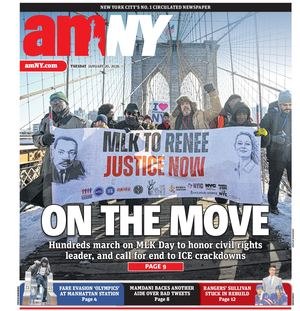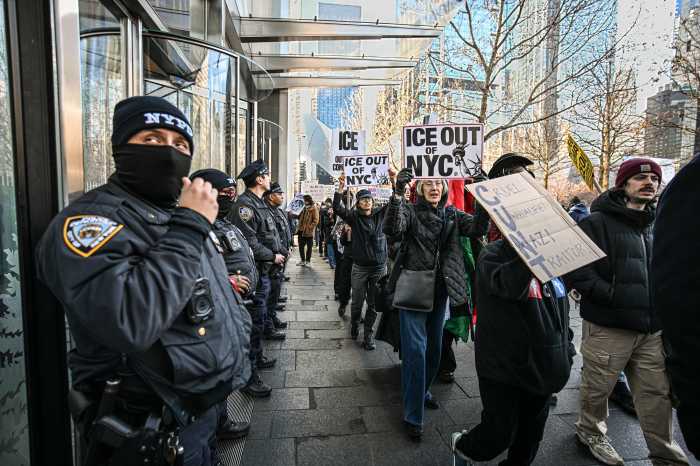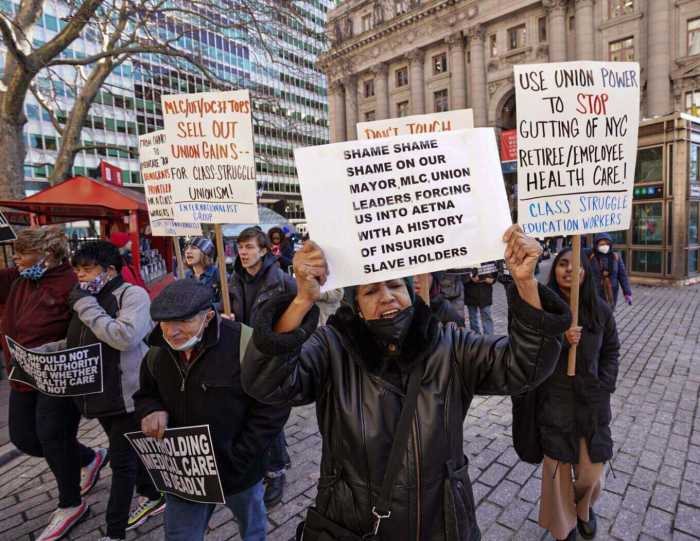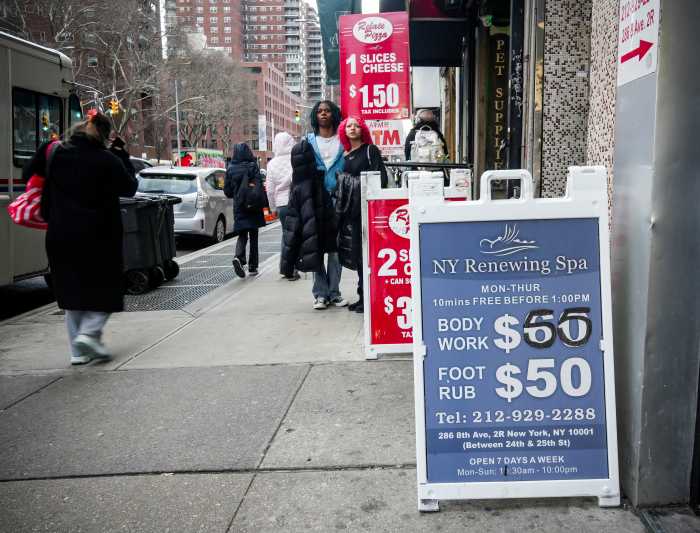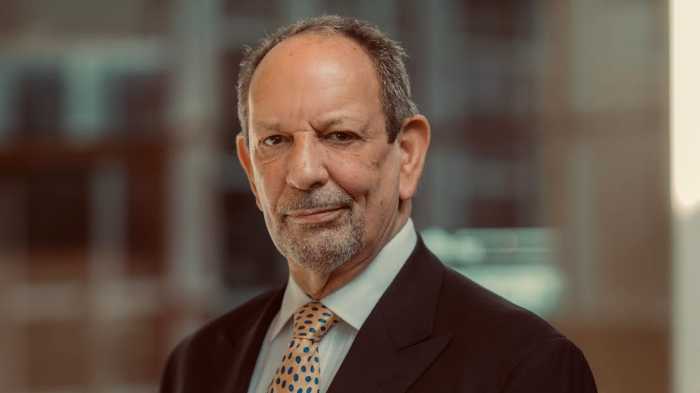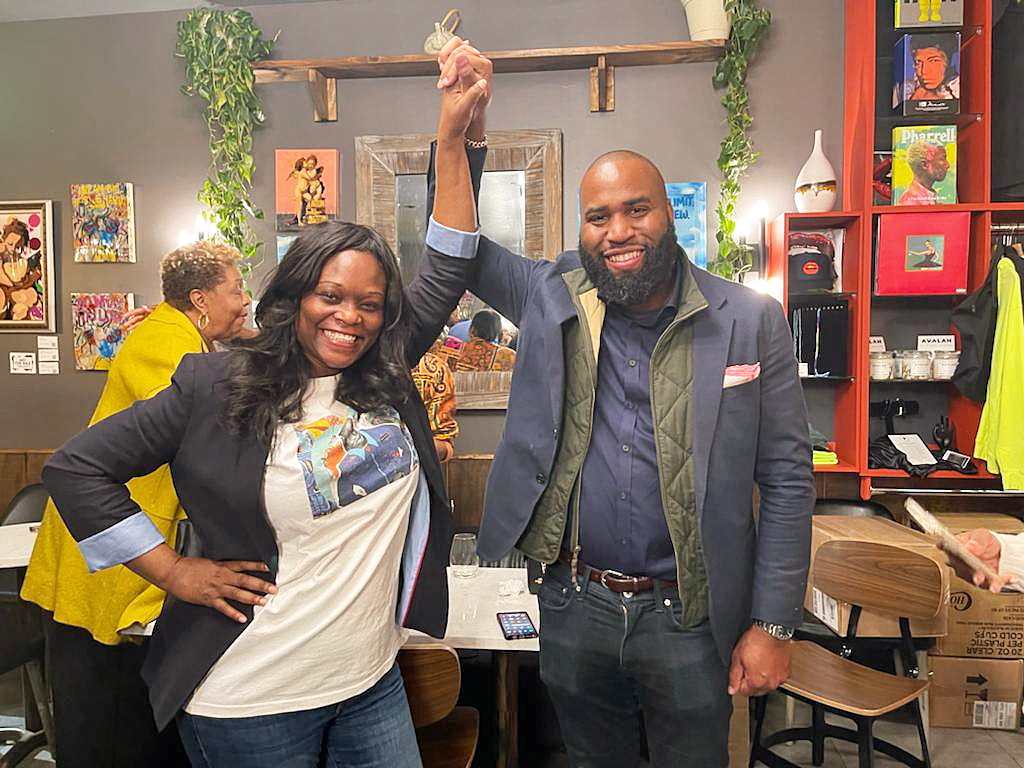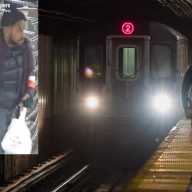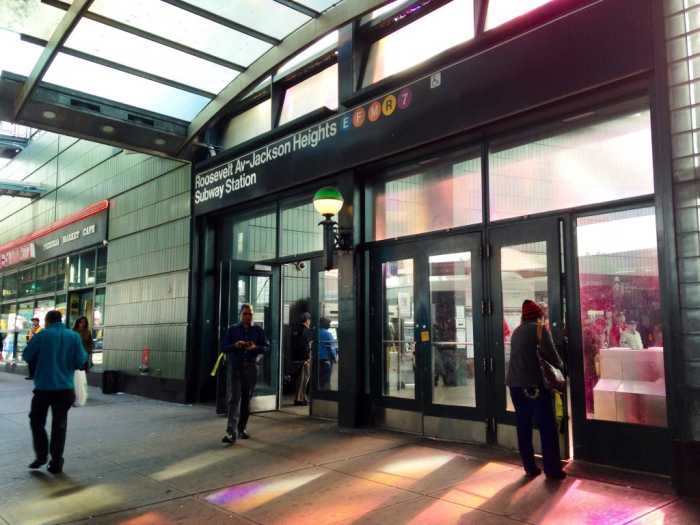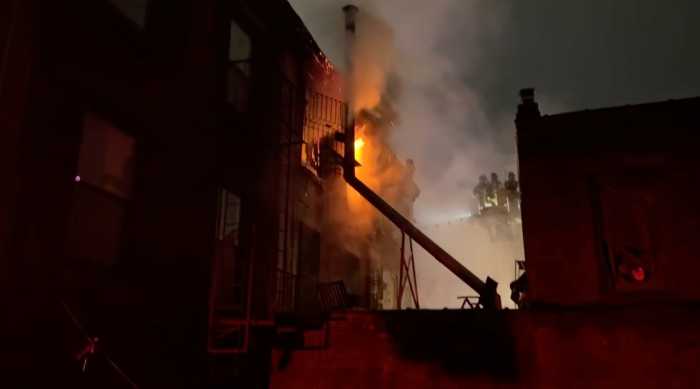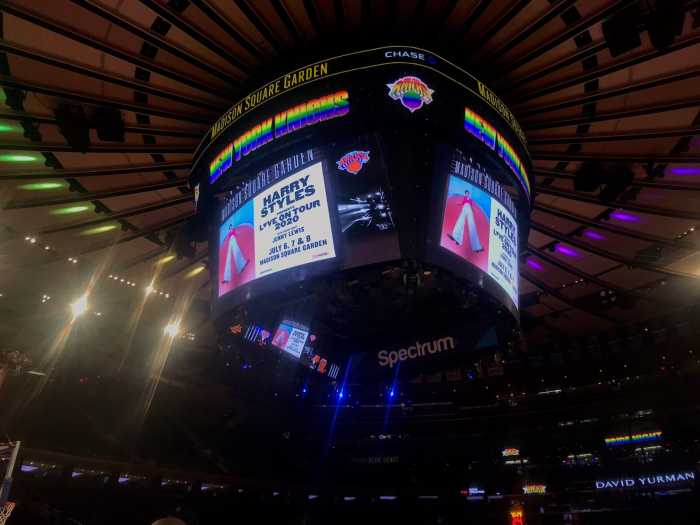
It has to be about more than a first impression.
Remaking Penn Station and the nearby Farley Post Office would certainly provide travelers on Amtrak, New Jersey Transit and the Long Island Rail Road with a grand-opening image. And create a better experience.
But it could do more. Gov. Andrew Cuomo’s plan for one of the city’s most prominent entry points is limited by the bones of the 1960s reconstructed Penn Station, a far cry from the grand but deteriorating original structure that was unforgivably torn down more than a half-century ago.
The existing tracks, tunnels and platforms underneath Madison Square Garden cannot be changed. So it’s time to think bigger, even to reconsider moving MSG and truly opening up dark-and-dingy Penn Station to the light.
The transformation of the Farley Post Office into Moynihan Train Hall, in the works for a quarter of a century, would create a new home for Amtrak and a second concourse for the LIRR, while updating Penn Station, too.
The price tag: $1.6 billion. For that money, the Pennsylvania Station-Farley Complex should go beyond aesthetics. For passengers of Amtrak, which has 30,000 rides daily, that means technological improvements and smooth chaos-free paths from hall to platforms.
For subway riders, the $50 million in renovations for the Seventh and Eighth Avenue lines, including the A, C, E, 1, 2 and 3 trains, should be significant, and include more than fresh paint or new tiles. Entrances, exits, concourses, hallways, and even platforms could all use an update.
Let’s keep in mind that this is, of course, a real estate project. Related Companies, Vornado Realty Trust, and Skanska AB, all major firms, will put in $600 million and do the work. In exchange for their role in the public private partnership, they’ll get 700,000 square feet of retail and office space in Farley. That could be very profitable, especially with the massive Hudson Yards project next door.
So the alignment of interests could bring long-desired improvements to our public spaces and the transit experience. Done smartly and creatively, this could be a ride in the right direction.
